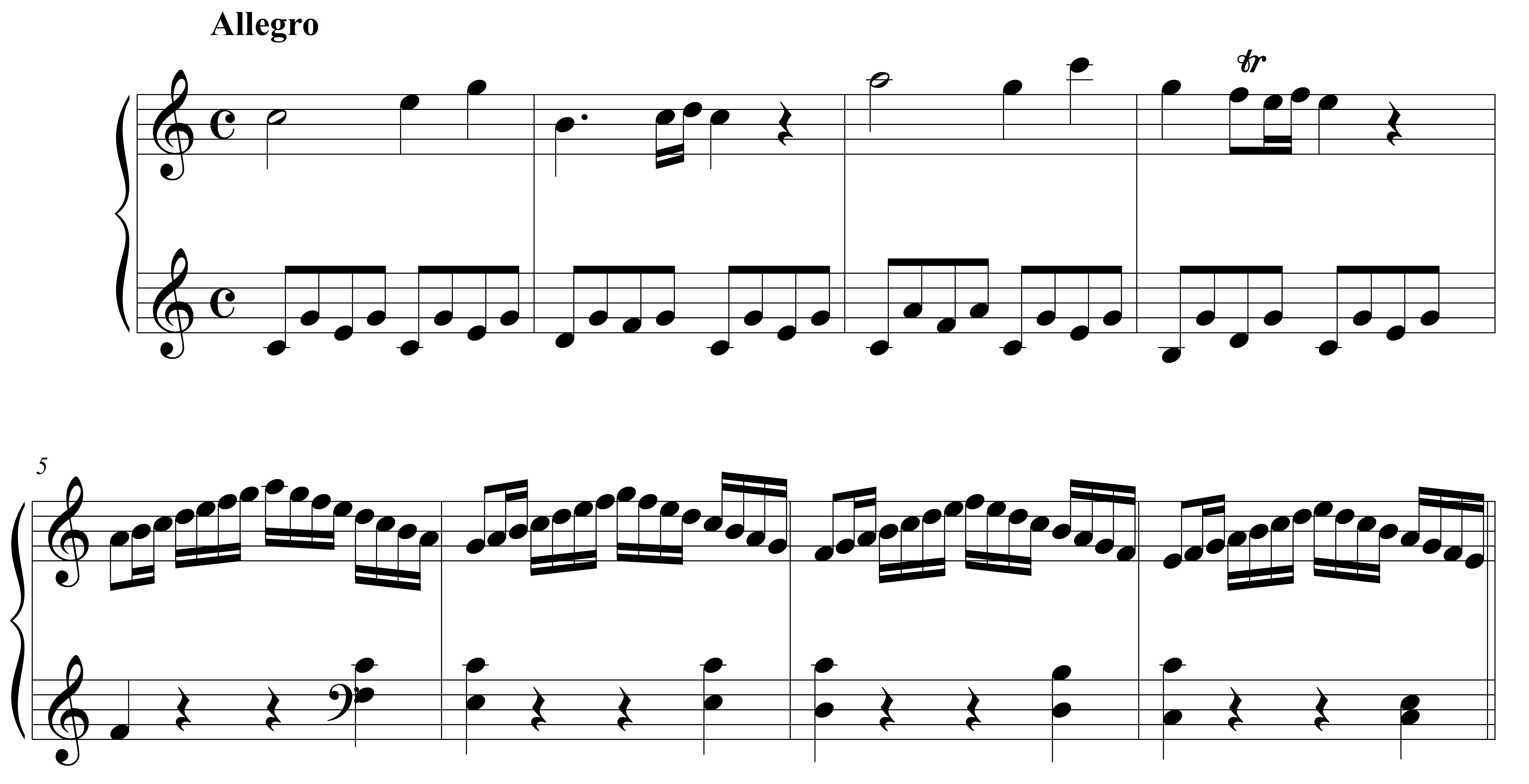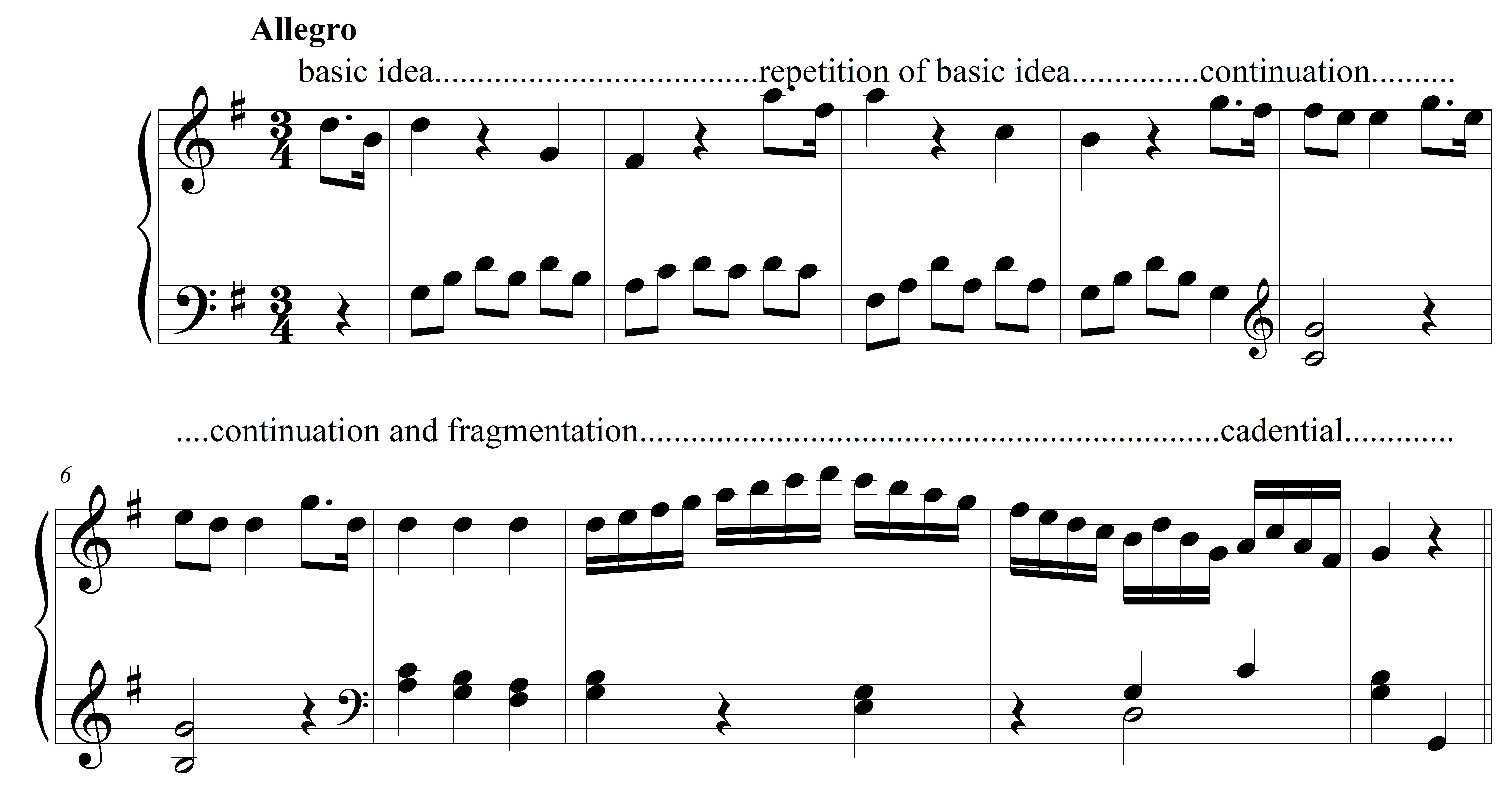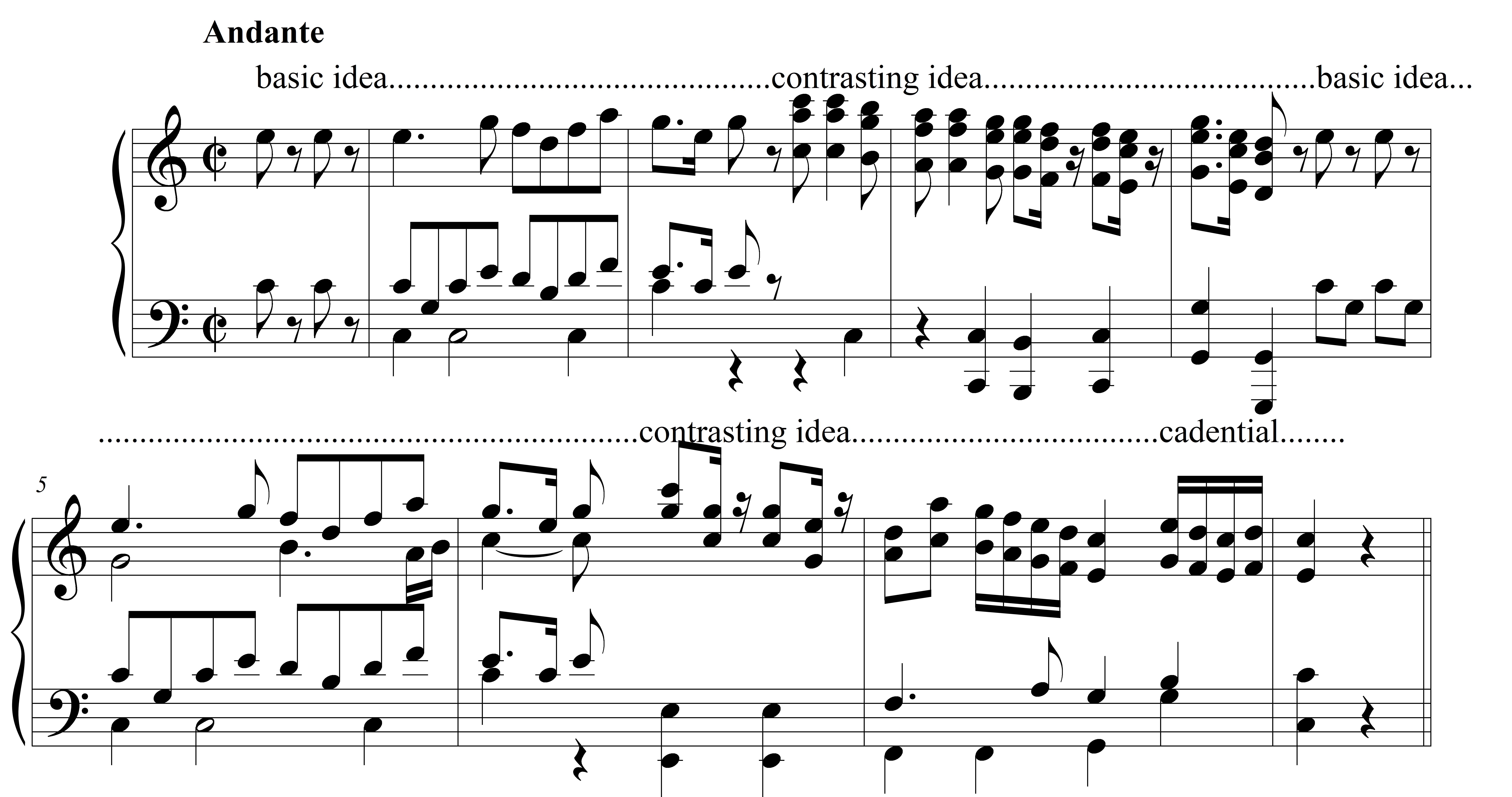Integrated Aural Skills 2019-20
Ear Training - What Is Diatonicism?
Q. What Is Diatonicism?
The materials we will learn about in Aural Skills III - intervals, scales, chords, rhythm, melody, and harmony - will come from Western diatonic melody and harmony.
When we talk about “diatonicism,” we mean melody and harmony that are composed from elements of the diatonic (“white key”) scale and its modes. Most Western classical and popular musics are diatonic, and work under related principles.
Intervals
The intervals we study in this class will encompass all the simple intervals, i.e. all the intervals contained within the octave. All simple intervals can be found between pitches of the diatonic scale without the need for adding chromaticism.
Scales
This class deals with the diatonic scale and its modes. We will study major, natural minor, melodic minor (different ascending and descending), harmonic minor, plus Ionian, Dorian, Phrygian, Lydian, Mixolydian, Aeolian, and Locrian modes.
For example, in the first movement of Mozart’s Piano Sonata in C Major K. 545, within a C major context, we can see the Aeolian mode (m. 5), Mixolydian mode (m. 6), Lydian mode (m. 7), Phrygian mode (m. 8), and the melodic minor scale (m. 9).

Chords
In this class, we will study four types of triads (three-note chords):
- major - do mi sol
- minor - la do mi OR do me sol
- diminished - ti re fa
- augmented - sol ti ri
In addition to triads, we will also study five types of seventh chords (four notes):
- fully diminished - ti re fa le
- half diminished (also known as diminished minor) - ti re fa la OR re fa le do
- minor minor - la do mi sol OR re fa la do
- major minor - sol ti re fa
- major major - do mi sol ti
All of these chords have very specific uses in diatonic harmony, which we will study in detail.
Rhythm and Meter
We will study simple time signatures such as 2/4, 3/4, 4/4, and 2/2, and compound time signatures such as 3/8, 6/8, 9/8, and 12/8. We will study rhythmic procedures such as divisions and subdivisions of the beat.
Melody
Diatonic melodic phrases, especially those from the Classical era, typically fall into two types: (1) the sentence, and (2) the period. Diatonic melodies are often derived largely from chords I, IV, V, and V7.
Diatonic melodies use predictable cadence patterns (i.e. there may be an implied perfect cadence at the end).
Diatonic melodies are often repeat “ideas,” sometimes exactly and sometimes with different tones.
For example, the phrase structure in the first movement of Mozart’s Piano Sonata in G Major K. 283 features a “basic idea” which is repeated in mm. 3-4. There is then a “continuation and fragmentation” of the idea towards the imperfect authentic cadence (V7-I).

In this example from the second movement of Mozart’s Eine kleine Nachtmusik, by contrast, a “basic idea” and a “contrasting idea” take place within a broader antecedent. An antecedent is a “question” that is answered by a consequent in which the basic idea and contrasting idea are brought back.

Harmony
The most common chords in diatonic harmonic progressions are: the tonic triad (I),the dominant triad (V), the dominant seventh chord (V,sup>7</sup>), and the subdominant triad (IV).
Looking again at Mozart’s C major piano sonata, we can find these chords within the first few measures. Measure 1 features chord I. Measure 2 contains the tones from the V7 chord (in its second inversion). Measure 3 contains tones from the subdominant triad and the tonic triad. Measure 4 features both chord V (inverted) and chord I. Memorize the tones of I, V, V7, and IV. They are essential to an understanding of basic harmony.

Overview
One of the main themes in this class will be the fact that melody and harmony move in very predictable ways. If you learn these patterns, identifying elements in isolation becomes much easier and more predictable.
Further (Compulsory) Listening
It is necessary to your success in this class to understand the diatonic style of the Classical composers, particularly that of Wolfgang Amadeus Mozart. We will study a lot of his music in this class, and you are encouraged to listen widely and voraciously to his piano and instrumental sonatas, string quartets, concertos, symphonies, and operas. To get you started, this Spotify playlist has recordings of the compositions discussed in this chapter, plus some extras that also exemplify the principles we will study. Please listen to this playlist at least once before our next class.
Further Reading
For more information on Mozartean style, see Classical Form: A Theory of Formal Functions for the Instrumental Music of Haydn, Mozart, and Beethoven by William S. Caplin (Oxford University Press, 2000). This book is available in the library in print or ebook.